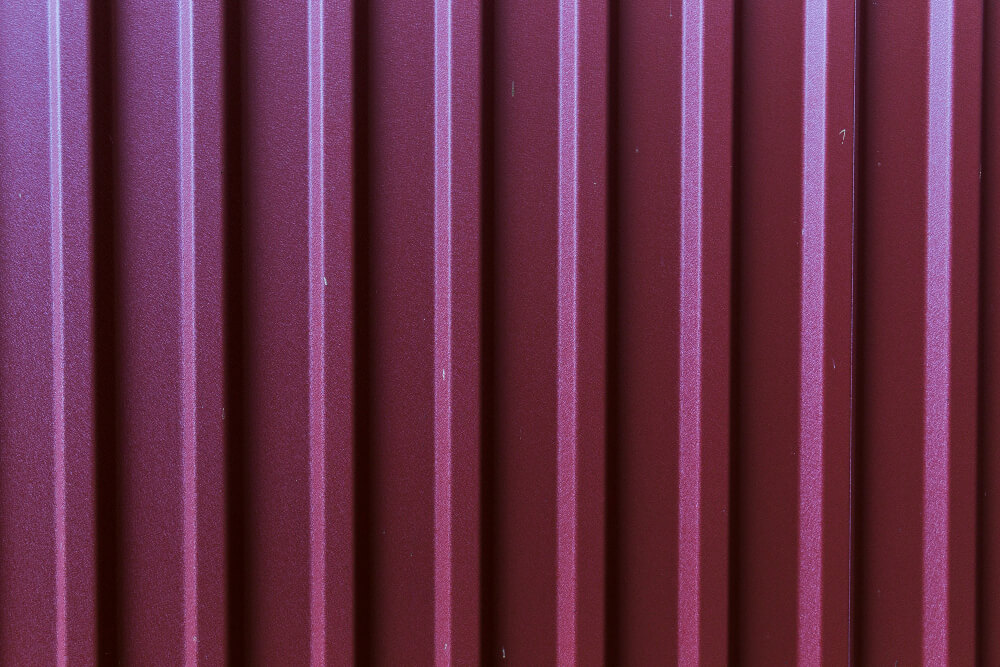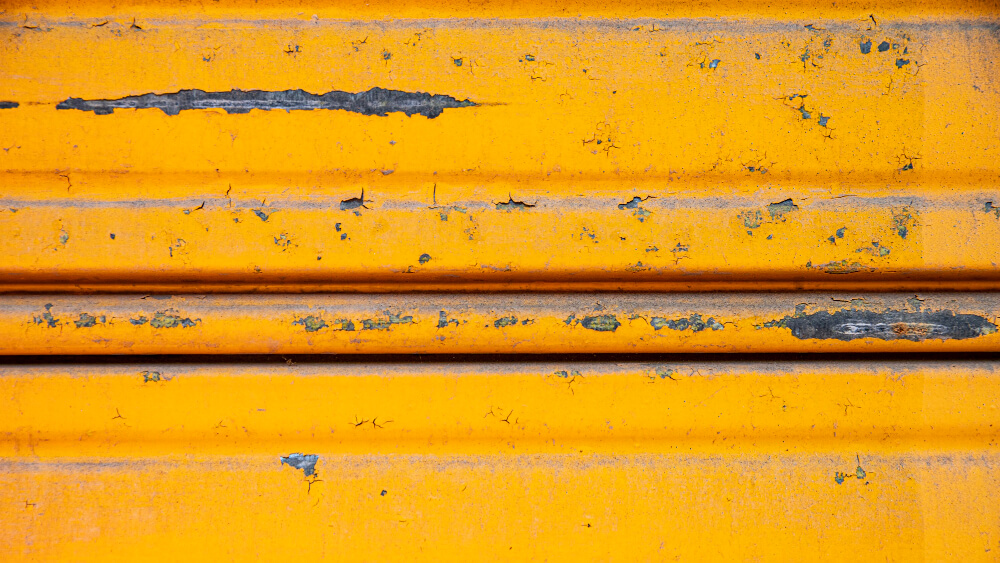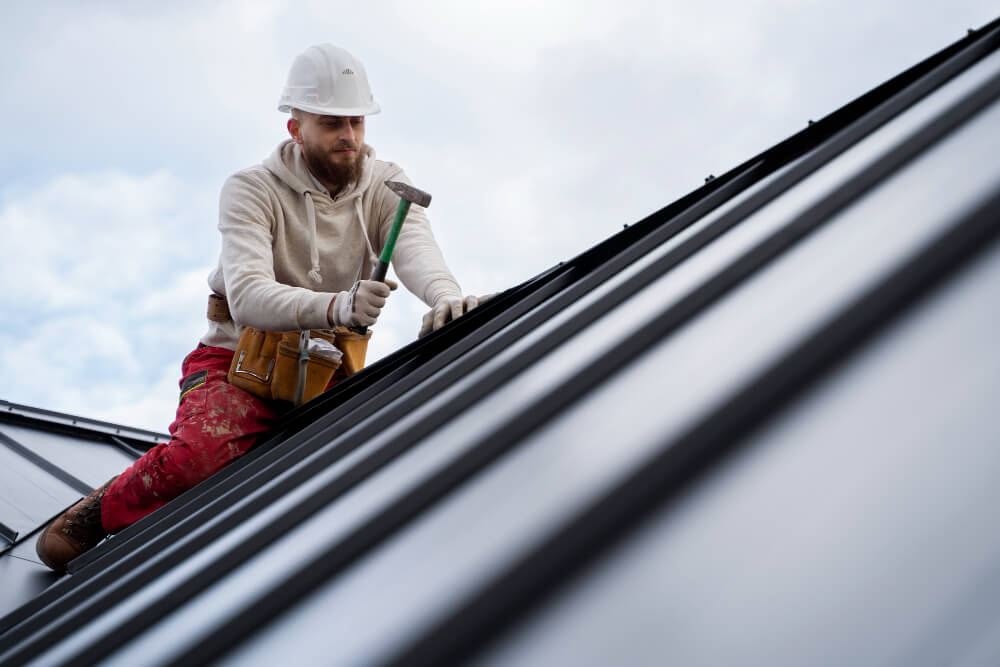
Maintaining Prepainted Steel: Dos and Don’ts
Prepainted steel is a versatile material widely used in various industries, including construction, automotive, and appliances. Its popularity stems from its durability, aesthetic appeal, and resistance to corrosion. However, like any other surface, prepainted steel requires regular maintenance to maintain its integrity and prolong its lifespan.
In this blog post, we will explore the dos and don’ts of maintaining prepainted steel, providing you with practical tips and insights to ensure your prepainted steel surfaces stay in excellent condition for years to come.
Dos for Maintaining Prepainted Steel
To keep your prepainted steel surfaces looking their best, there are several dos you should follow:
- Regular Cleaning and Washing
Regular cleaning is essential to remove dirt, dust, and other debris that can accumulate on the surface of prepainted steel. This is particularly important in outdoor applications, where the steel is exposed to environmental elements. Cleaning the surface not only enhances its appearance but also prevents the buildup of corrosive substances that can damage the protective paint layer.
- It is recommended to clean prepainted steel surfaces at least twice a year, or more frequently in areas with high pollution levels or heavy industrial activity.
- Use a mild detergent or a mixture of water and a non-abrasive, pH-neutral cleaner to avoid damaging the paint.
- Avoid using harsh or abrasive cleaning tools, such as steel wool or abrasive sponges, as they can scratch the surface and compromise the paint finish.
- Inspecting for Damage and Corrosion
Regular inspections are crucial to identify any signs of damage or corrosion on the prepainted steel surface. Catching these issues early allows for prompt repairs, preventing further deterioration and extending the lifespan of the steel.
- Look for signs of peeling, cracking, or bubbling in the paint layer, as these can indicate underlying issues.
- Inspect the steel for any areas where the paint has worn off or chipped, exposing the underlying metal to the environment.
- Pay attention to areas where moisture can accumulate, such as joints, seams, and edges, as they are more susceptible to corrosion.

- Touch-up Painting
Touch-up painting is an effective way to address minor paint damage or exposed metal areas on prepainted steel surfaces. It helps maintain the protective barrier, preventing corrosion and preserving the aesthetics of the steel.
- When performing touch-up painting, ensure the surface is clean and dry.
- Use a paint brush or roller to apply a compatible paint that matches the existing color and finish of the prepainted steel.
- Follow the manufacturer’s guidelines for proper application techniques and drying times.
- Protecting against Harsh Environment.
- Different environments can have varying effects on prepainted steel surfaces. By implementing protective measures, you can mitigate the potential damage caused by specific environmental factors.
- In coastal areas or regions with high humidity levels, apply a corrosion-resistant coating to provide an extra layer of protection against saltwater and moisture.
- Use protective coatings or sealants to shield the steel from chemicals or pollutants present in industrial or urban environments.
- Consider installing barriers or protective covers to shield the steel from physical impact, such as falling objects or abrasive materials.
Don’ts for Maintaining Prepainted Steel
While there are several dos for maintaining prepainted steel, there are also some don’ts to keep in mind to avoid damaging the surface or compromising its performance:
- Avoid Abrasive Cleaning Methods
Abrasive cleaning methods should be avoided as they can scratch or remove the protective paint layer, exposing the steel to potential corrosion.
- Avoid using steel wool, wire brushes, or abrasive sponges for cleaning prepainted steel surfaces.
- Opt for soft cloths, non-abrasive brushes, or sponges to gently remove dirt or stains without damaging the paint.
- Don’t Ignore Signs of Damage or Corrosion
Neglecting signs of damage or corrosion can lead to more severe problems down the line. It is essential to address these issues promptly to prevent further deterioration of the steel.
- Peeling, cracking, or bubbling paint should not be overlooked, as they can indicate underlying corrosion or substrate issues.
- Exposed metal areas should be promptly treated to prevent corrosion from spreading.
- Don’t Overlook Regular Inspections
Regular inspections are key to proactive maintenance. By scheduling routine checks, you can identify and address potential issues before they escalate.
- Set a regular inspection interval based on the specific environment and usage conditions.
- Document the inspection findings and any maintenance actions taken for future reference.
- Avoid Improper Touch-up Painting
Improper touch-up painting techniques can result in an uneven or mismatched appearance, undermining the aesthetic appeal of the prepainted steel.
- Avoid using incompatible paints or finishes that may not adhere well or match the existing surface.
- Follow the manufacturer’s instructions for proper surface preparation, paint selection, and application techniques.

Real-Life Examples of Prepainted Steel Maintenance
To provide a practical understanding of maintaining prepainted steel, let’s explore two real-life examples:
Commercial Buildings
In commercial buildings, prepainted steel surfaces are commonly found in various applications, such as cladding, roofing, and interior finishes.
- Cleaning methods and frequency may vary depending on the building’s location and usage.
- In urban areas with heavy pollution, more frequent cleaning may be required, potentially every three to six months.
- Different surfaces, such as wall panels, window frames, and metal fixtures, may require specific maintenance practices.
- For wall panels, regular cleaning with mild detergent or soap and water is usually sufficient.
- Window frames may require periodic lubrication and inspection for weatherstripping integrity.
Residential Buildings
In residential settings, prepainted steel is commonly used for roofing, siding, and other exterior components.
- Routine maintenance for prepainted steel roofs includes inspecting for loose or damaged panels, cleaning gutters, and removing debris.
- Touch-up painting may be necessary to address small scratches or exposed metal areas caused by falling branches or hail.
- Maintaining prepainted steel siding involves periodic cleaning to remove dirt, mold, or mildew.
- Touch-up painting can be done to repair any localized paint damage or fading.
Maintaining prepainted steel is crucial to preserve its aesthetic appeal and protect it from corrosion. By following the dos and don’ts outlined in this blog post, you can ensure that your prepainted steel surfaces remain in excellent condition for years to come.


